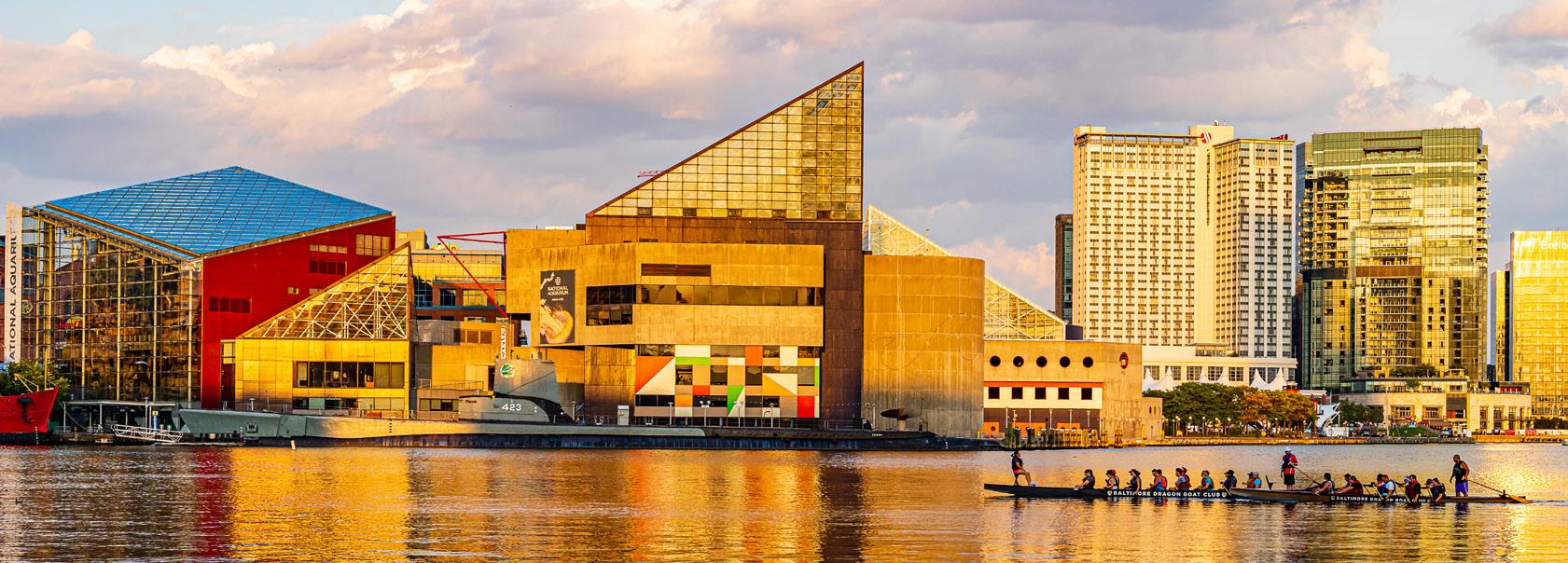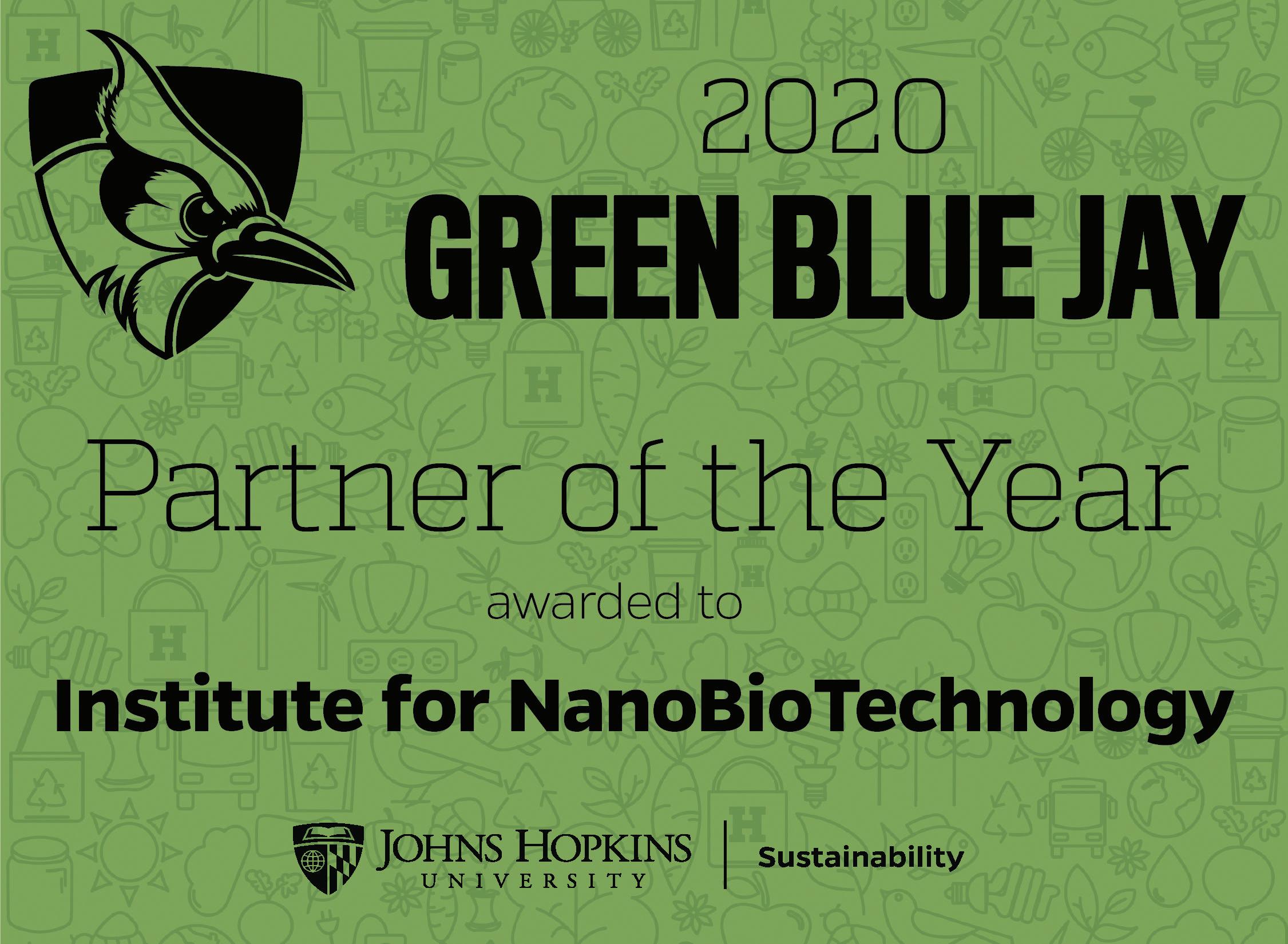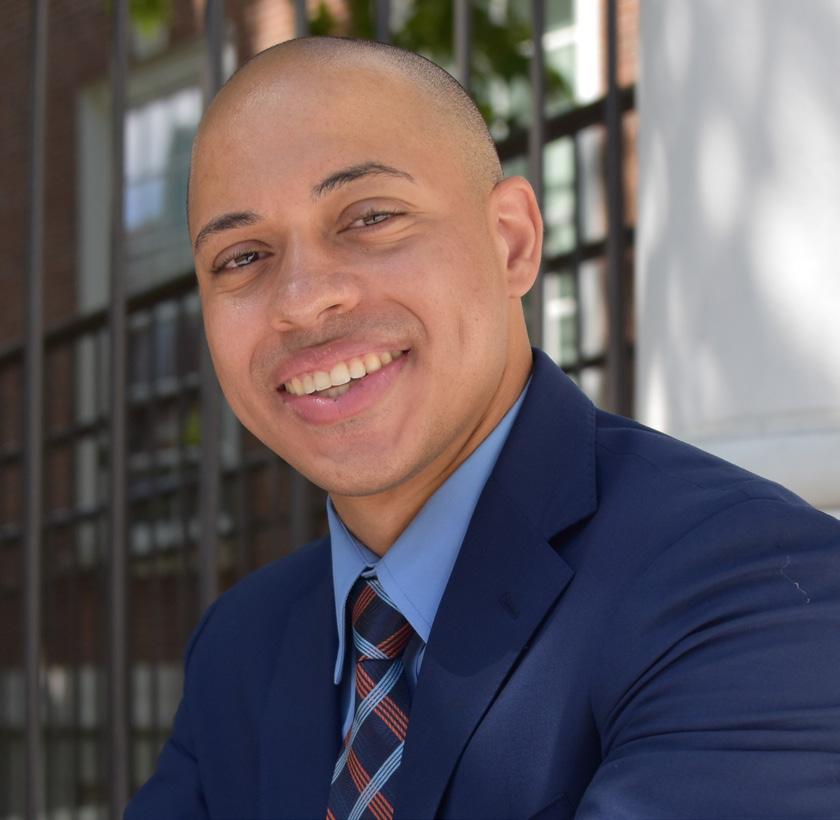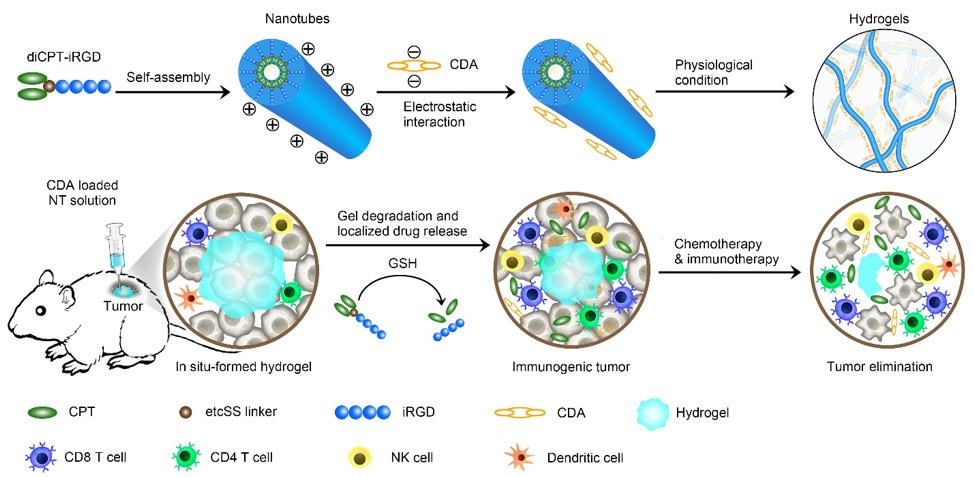Examining How Dynamic Hydrogels Affect Vascularity in New Tissue By Amy Weldon INBT researchers hope to discover more
about how tissue vasculature forms and adapt in a changing environment. The stiffness of the extracellular matrix (ECM) has long been the topic of regenerative tissue research, especially in the case of cancer cell migration. Sharon Gerecht, the INBT’s director, and her team have taken the vessel less traveled, by looking instead at the ECM’s responses to “stress relaxation.” Using a brick wall as a metaphor for tissue formation, endothelial cells, or bricks, send out signaling proteins to interact with the ECM, or mortar, to form the tissue’s structure, or wall. As a result of this signaling, vacuoles, or void spaces, are created between and inside of cells, forming the vessel lumen, or the tubes through which blood flows. The faster blood can flow through newly formed or transplanted tissue, the more successful and stable the tissue will be in its new environment. This is a good thing in the case of transplanted organs or skin grafts, but for patients with cancerous tumors, it’s bad news. The nascent, or newly formed, vessels are constantly sprouting and branching through the tissues. Gerecht and her team sought to study the effects of the stress or strain of a living, moving environment on the formation of these networks.
10 research
Blood vessels growing into the viscoelastic dynamic hydrogel.
While brick walls are thought to be sturdy, immovable structures, Gerecht’s team was interested in how the wall might form in an environment that more closely represents the conditions in a living body. This environment is neither rigid nor fluid but viscoelastic like Jell-O or Silly Putty. At first, Silly Putty responds to stress (being squished or pulled apart) by losing firmness and taking a new shape, but after a period of time, the putty relaxes into the new shape and regain firmness. To develop this viscoelastic ECM, or dynamic hydrogel, the team’s tissue engineers developed a new hydrogel scaffold materials platform that mimics aspects of three-dimensional physiological tissue microenvironments and is capa-














